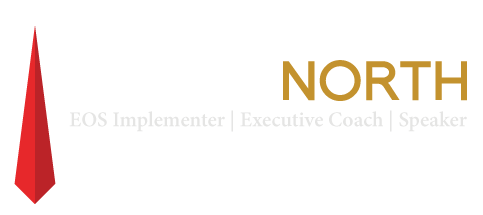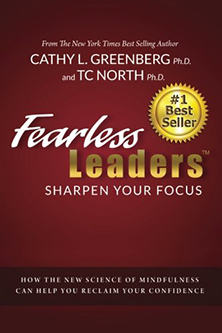“Definiteness of decision always requires courage, sometimes very great courage.”
—from “Think and Grow Rich” by Napoleon Hill
Hill studied over 25,000 people who had experienced failure and concluded that lack of decision-making was a top cause.
Leaders in entrepreneurial firms continually make decisions. From major decisions like developing new products/services or acquiring another company to daily decisions like calling or emailing a client/customer.
There are numerous decisions to make daily, and the type of decision must fit the situation. Here are six types of decision-making processes:
With consensus, the decision is made when everyone reaches 100% agreement. The benefit is that everyone fully buys into the decision. The downside is that it can be painfully slow, and sometimes consensus isn’t reached. In fast, fluid teams, it’s often best to strive for consensus. But if not readily reached, consensus that defaults to the leader might be better….
Consensus that defaults to the leader. If you strive to reach consensus but don’t, the team leader makes the decision. The Entrepreneurial Operating System® (EOS®), a leadership and management system specifically crafted for entrepreneurs, uses this decision-making process for all teams. The benefit is that everyone is heard. When the leader makes the call if consensus isn’t reached, the team or organization moves forward. All team members must agree that when a decision is made, everyone is 100% in. It’s almost always better to make a decision than not; you can usually correct it if it doesn’t work.
Majority rule. The process is good with tremendously large numbers of people, like electing public officials. In my experience, however, it isn’t effective for leadership teams or any teams in an entrepreneurial company.
Individual with input. This is a highly effective process in which the decision-maker asks others for their input. The others understand they aren’t involved in making the decision—they’re giving their opinion.
Individual without input. Some decisions don’t affect others, so one person makes the decision. This is both effective and efficient. For example, when you have to go to the restroom—you don’t ask, you just go!
The Harry Truman decision-making process. The 33rd President of the United States made some of the most difficult decisions in U.S. history. When tackling big, individual decisions, try Harry Truman’s three-step process:
Step 1. The logical decision. Gather the best information from subject matter experts. (Be careful: Remember that garbage in [bad data, opinions, or misinformation] gives you garbage out [bad decisions]). Make a detailed pros-and-cons list and determine your logical decision.
Step 2. The emotional decision. Search your heart for your emotional decision. It’s usually a strong response.
Step 3. The intuitive decision. Take time away to quiet your thoughts and emotions and stop thinking about the decision. Then pay attention to your intuition. You may find your intuitive message in the pit of your stomach, like Truman did, or it could be a quiet sense of knowing.
Intuitive messages are different for everyone. Truman decided to drop the atomic bomb that essentially ended World War II. He said that his decision in Step 2 of his process (the emotional decision) was to not drop the bomb; he hated the idea. However, his intuition was different, and he followed that decision. No matter what the logical and/or the emotional decisions were, always go with your intuitive decision. It’s a deep, subconscious integration of what your whole mind thinks is best.
It takes courage to make the tough decisions!
The post 6 Decision-Making Processes and When to Use Each first appeared on TCNorth.com.


